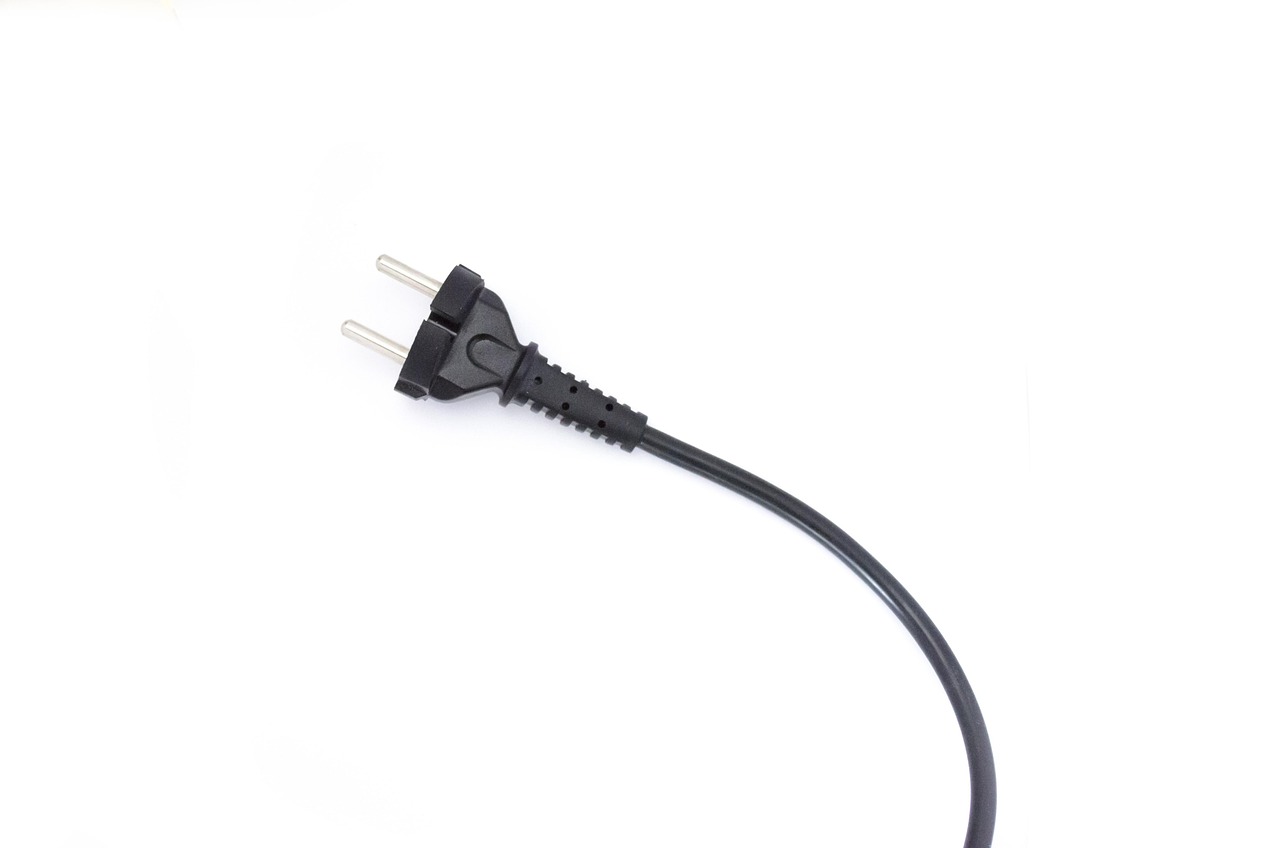Breaking Down the Business Potential of Industrial Additive Manufacturing
Additive manufacturing, more commonly known as 3D printing, has been making waves in the industrial sector for several years now. This technique involves creating three-dimensional objects from a digital file by layering material in a precise, controlled manner. It was initially used for rapid prototyping, but as the technology matured, its potential applications in the industrial sector have expanded significantly.
The transition from prototyping to industrial production has been fueled by several key developments. Advances in material science have broadened the range of materials that can be used in additive manufacturing. Innovations in 3D printer technology have also increased the speed, precision, and scale of production. Lastly, the growing availability of 3D modeling software has lowered the barriers to entry, making additive manufacturing more accessible to a wide range of businesses.
Current Trends and Practical Applications
Industrial additive manufacturing is now being used in a diverse range of sectors, from aerospace and automotive to healthcare and consumer goods. Companies are using it to produce complex components that would be difficult or impossible to create using traditional manufacturing methods. This includes everything from lightweight aircraft parts and custom dental implants to personalized consumer products.
There is also a growing trend towards using additive manufacturing for more sustainable production. By only using the material necessary for the final product, it significantly reduces waste compared to traditional manufacturing methods. Plus, it allows for local production, reducing the need for long-distance shipping and the associated carbon emissions.
Impacts, Benefits, and Challenges
Industrial additive manufacturing offers several key benefits. It enables greater design flexibility, allowing for the production of complex geometries and customized products. It can also reduce lead times, as it eliminates the need for tooling and allows for on-demand production. Moreover, it has the potential to lower production costs for small batch sizes, as it does not require economies of scale.
However, there are also challenges to overcome. The initial investment in additive manufacturing equipment can be high. There is also a learning curve associated with adopting new technologies and integrating them into existing workflows. Furthermore, while additive manufacturing can be more sustainable, it still requires energy and raw materials, which can have environmental impacts.
Practical Business Insights
Here are some considerations for businesses considering adopting industrial additive manufacturing:
-
Evaluate your needs: Not all products are suitable for additive manufacturing. Consider whether your products have complex geometries, require customization, or are produced in small batches.
-
Consider the total cost: While additive manufacturing can reduce production costs, don’t forget to factor in the initial investment and ongoing costs for materials and maintenance.
-
Invest in training: To maximize the benefits of additive manufacturing, you’ll need skilled employees who understand how to design for additive manufacturing and operate the equipment.
-
Stay updated: The field of additive manufacturing is evolving rapidly, with new materials, technologies, and applications emerging regularly. Make sure to stay informed about the latest developments.
In conclusion, while industrial additive manufacturing presents challenges, it also offers substantial opportunities for businesses willing to invest in this innovative technology. By evaluating their needs and investing in the necessary equipment and training, businesses can reap the benefits of increased design flexibility, reduced lead times, and potential cost savings. As the technology continues to evolve, it’s clear that additive manufacturing will play an increasingly important role in the future of industrial production.






